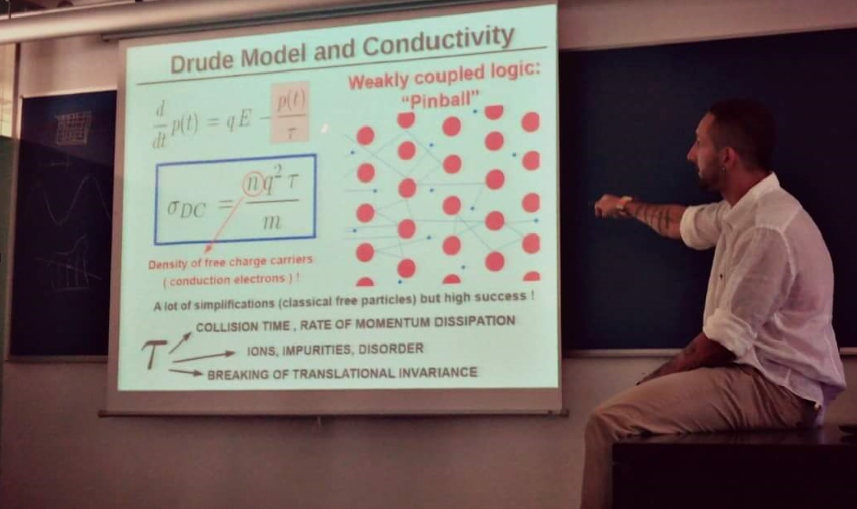Everything I am thinking and playing with right now
A brief overview about my research, my ideas, my questions and my ongoing projects
Breaking spacetime symmetries
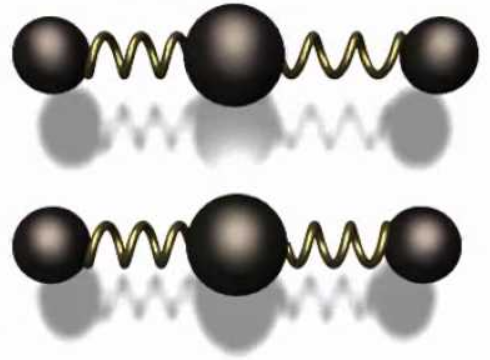
Symmetries are amazing tools for physicists and well accepted beauty standards. Nevertheless, in Nature and especially in realistic materials, symmetries are broken. Lot of effort had been devoted to understanding and use the breaking of Gauge symmetries, see the Higgs mechanism or the Pion. For spacetime symmetries like translations and rotations the story is more difficult and several are the questions still open. Beside the academic interest, the consequences for transport, thermodynamic and collective modes are more than fundamental.
- How to extend the Goldstone theorem and the Mermin-Wagner theorem for spacetime symmetries?
- How to define phonons in a material lacking of long range order like for example glasses ?
- What happens if translations are broken spontaneously but also explicit?
- What is the role of viscoelasticity and phonons in quantum critical materials ?
- Can we describe bed metals and their properties from the symmetry breaking pattern?
- How to build an effective field theory for linear and non linear elasticity for non relativistic materials?
- What happens to the viscosity-entropy KSS bound in presence of elasticity?
- Can we formulate a consistent hydrodynamic theory for systems with broken translations?
Are solids and liquids really different? The physics of the k-gap and all its manifestations
Solids and liquids seem at first sight very very different. Nevertheless, thinking a bit more, it is quite hard to find a robust and well defined definition which accounts for that difference. Historically the main distinction has been the presence of propagating transverse shear waves, which happens in solids but not in liquids. Recent experiments seem to contradict that statement and open the path towards a new deeper understanding.
- Are really liquids and solids different?
- Is the difference qualitative or only quantitative?
- How can we explain the new experiments observing low frequency propagating shear waves in liquids?
- The physics of the k-gap in all its manifestation
- Can we understand hydrodynamics with broken symmetries?
- What about quasihydrodynamics?
- Can we use the global symetry formulation of EM and elasticity to understand this issue further?
Glassy anomalies in amorphous sytems and ordered crystals

Glasses and disordered materials present a plethora of anomalous properties, from the density of state and the specific heat to the thermal conductivity. Several theories try to explain these features assuming disorder as the main responsible. More recently glassy anomalies have been observed in several ordered crystals where disorder is minimum or even absent.
- How can we explain glassy features in ordered crystals?
- Can we have a unified theory of those anomalies?
- Can damping in general play the role of disorder?
- What about optical phonons?
- Can we explain the linear in T term in the specific heat without TLS ?
- Can we use hydrodynamic to explain everything?
- Random matrix, diffusons and more
EM waves in a medium and plasmons
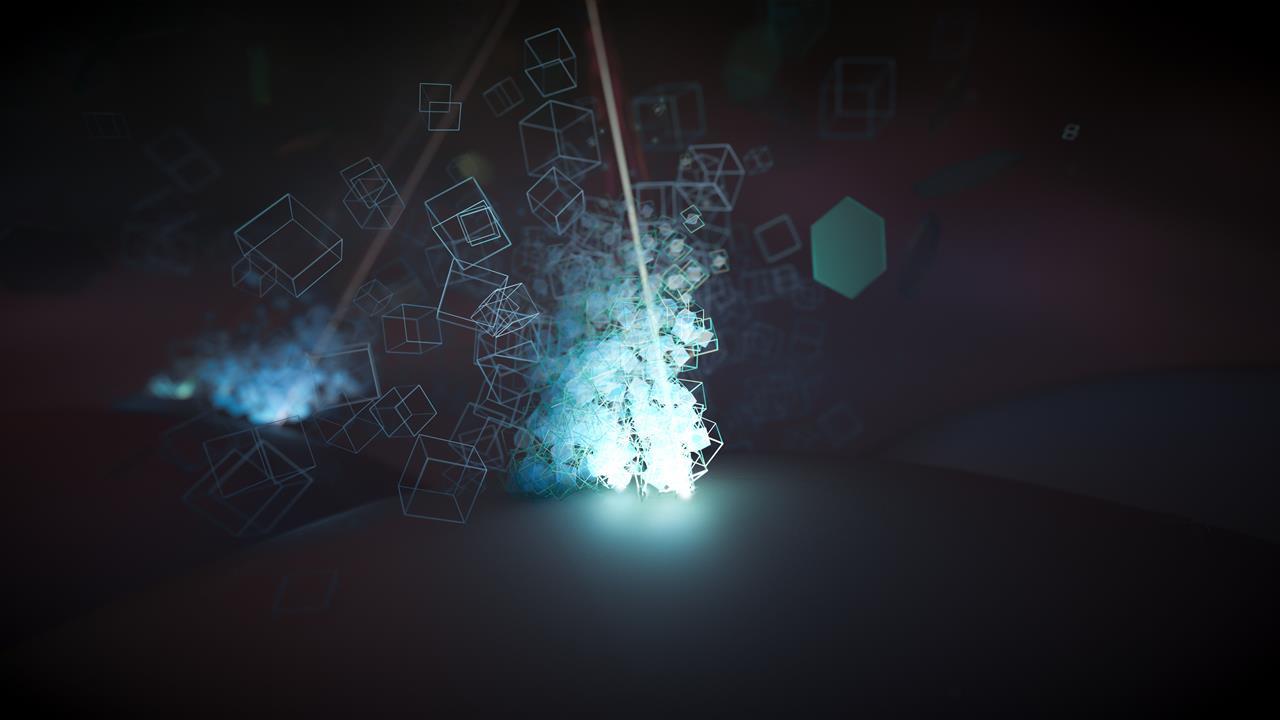
Maxwell equations are probably the most elegant and confirmed equations of physics. The propagation of EM waves in a material provokes several important features such as the appearance of plasmons modes. Recently the plasmons dynamics has been tested in critical materials and bad metals providing several suprises.
- What happens to EM waves in a critical medium?
- How do plasmons behave in a bed metal?
- Can we use holography to understand it?
Effective field theories for broken spacetime symmetries
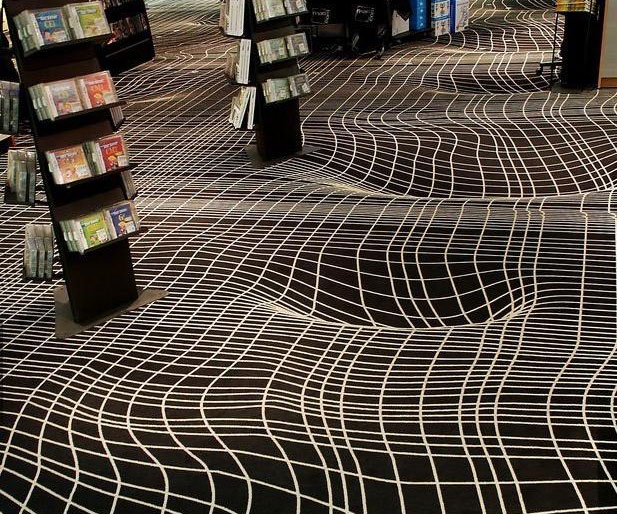
Effective field theories are a super powerful tool for physics which has been widely used in condensed matter.
- Application of EFTs to viscoelasticity and non linear elasticity
- Fractons and topological order?
- Interplay between geometry and condensed matter?
- Anomalous transport
Viscoelasticity
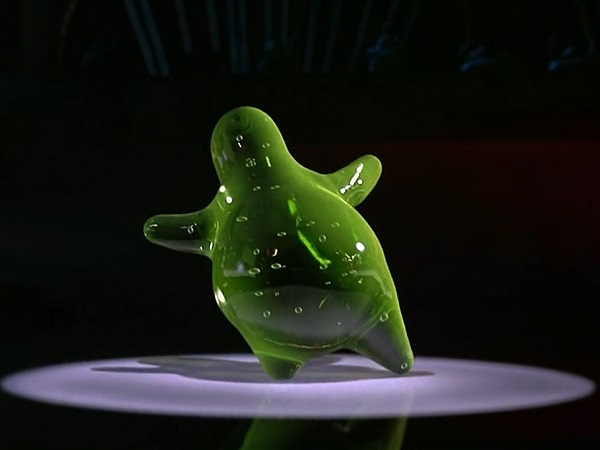
Probably all of you have watched in youtube the famous pool experiments with the corn flower and the magic of non-newtonian fluids. Again, most of the materials we use everyday, from honey to our toothpaste, are viscoelastic. They mix features of solids with properties of fluids. Lot of open questions are there.
- Can we have an EFT of viscoelasticity?
- Where and when viscoelastic effects are important?
- How to implement dissipation in a theory for solids?
- Non-linear properties: stress overshoot, stress relaxation
- Classification of the materials: Poisson ratio, glass transition, etc
From strong coupling to weak coupling

Physics at strong coupling is a big headache for physicists due to the lack of any robust tool of computation. Perturbative methods are of no help and quasiparticles are usually not existing. Holography can provide a new framework to compute observables at strong coupling. An interesting question is how to connect those results at strong coupling with the ones at weak coupling.
- How to connect Friedel oscillations at strong coupling with the well known results at weak coupling?
- How the QNMs and the excitations of the system crossover from strong coupling to a weak coupling regime?
Emergent gravity from CFTs

Gravity is one of the most problematic topic of modern theoretical physics. In particular, its connubium with quantum mechanics is not very successful. The chase for quantum gravity is the question for everybody
- Is gravity a fundamental concept?
- Can gravity be emergent from something else, more fundamental?
- What if gravity is emergent?
- Can gravity emerge from a quantum field theory?
- Would that solve any of the existing theoretical issues?
